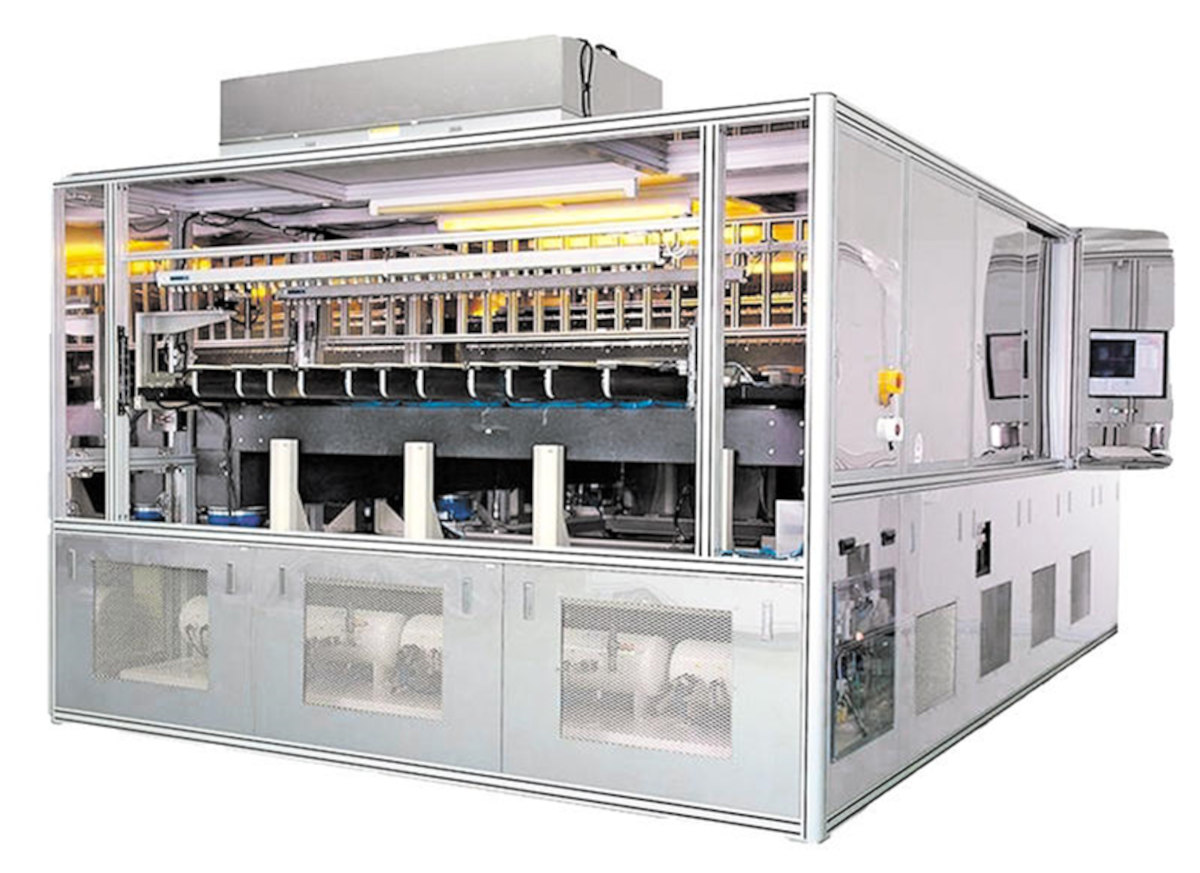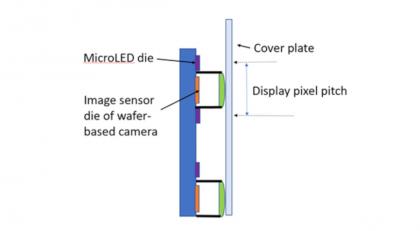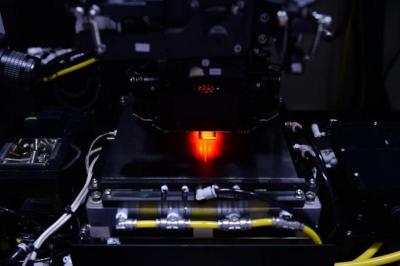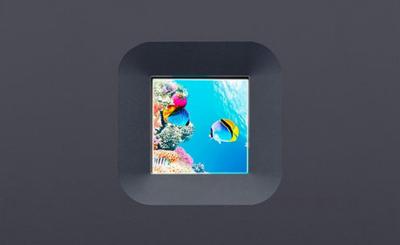The founder and General Manager of Bolite Optoelectronics, Dr. Bowen Cheng, was invited to present at the recent Touch Taiwan 2021 Conference in April. The title of his talk was “Laser Processing Applications for the Manufacturing of Mini and MicroLED Displays.†Since it was presented in Mandarin only, microled-info.com caught up with Dr. Cheng to learn more about this trending subject and the company he started.

Q: Dr. Cheng, can you please tell us a little about your background, prior to starting Bolite?
I was a research engineer at Xerox PARC and helped develop surface micromachined microspring interconnects in a project funded by the U.S. Army Research in collaboration with Oracle. I was also a vital member of the team that successfully demonstrated the world's shortest wavelength diode laser at the time, a 250 nm UV laser for military applications. With these experiences in both semiconductor laser processing and MEMS processing, I decided to start Bolite and build a team to develop state-of-the-art laser solutions for microprocessing applications.
Q: I must admit I’ve not heard of Bolite before. What differentiates you from other laser microprocessing companies?







